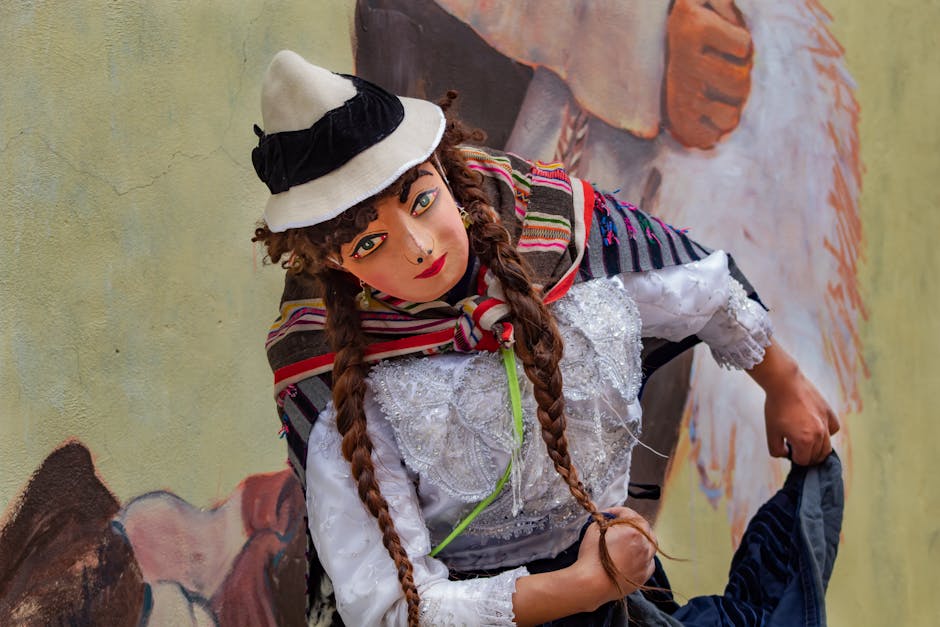
As a curator of crafts, there's a particular joy in witnessing the enduring spirit of tradition, especially when it's as vibrant and rich as the artistry showcased in the 肥後の民工芸品展 (Higo Folk Crafts Exhibition). Featured through 西日本新聞me, this exhibition offers a profound glimpse into the soul of Higo, the historical name for what is now Kumamoto Prefecture, a region renowned for its deep connection to the land and its heritage.
The Enduring Legacy of Higo: Where Tradition Meets Daily Life
The term "Higo" itself evokes a sense of history, a landscape shaped by both nature and human endeavor. For centuries, the people of Higo have cultivated a unique relationship with their environment, giving rise to crafts that are not merely decorative but deeply embedded in daily life. The 肥後の民工芸品展 celebrates these very creations – objects born from necessity, elevated by skill, and imbued with the spirit of their makers. From intricate bamboo weaving to robust pottery, each piece tells a story of local resources, community values, and techniques passed down through countless generations.
Artisan Dedication: Skill, Story, and Material Reverence
What truly captivates me about folk crafts, and particularly those from Higo, is the unwavering dedication of the artisans. Their work is a testament to exceptional skill, a mastery honed over decades, often beginning in childhood. It’s a commitment that goes beyond mere production; it's a dialogue with the material itself.
Mastery Through Generations
Behind every exhibit in the 肥後の民工芸品展 lies a narrative of painstaking effort and inherited wisdom. Artisans dedicate their lives to perfecting techniques that might appear simple to the untrained eye, yet demand incredible precision, patience, and an intuitive understanding of form and function. Whether it's the precise cut of a chisel, the controlled heat of a kiln, or the rhythmic motion of a loom, these are not just actions, but a continuation of a living heritage, a quiet conversation with ancestors who once performed the very same movements.
The Soul in the Material
A hallmark of Higo folk crafts is the profound respect for materials. Artisans often source their raw components locally, understanding the unique properties of regional clays, woods, bamboos, and fibers. This commitment to materials is not just practical; it’s philosophical. It’s about working with nature, not against it, allowing the inherent beauty of the material to shine through. The subtle variations in texture, the natural hues, and the organic imperfections become part of the object's unique character, imbuing it with an authenticity that mass-produced items can never replicate.
Bridging Eras: Higo Crafts in Contemporary Life
While rooted in tradition, the crafts showcased in the 肥後の民工芸品展 are far from relics of the past. They possess a timeless appeal that seamlessly integrates into modern living. A beautifully crafted ceramic bowl can elevate a contemporary dining experience, a sturdy woven basket adds an organic touch to a minimalist interior, and a delicately carved wooden figure brings warmth and character to any space. These pieces serve as a gentle reminder of slower rhythms, thoughtful creation, and the enduring value of handmade objects in an increasingly digital world. Exhibitions like this, highlighted by platforms such as 西日本新聞me, play a crucial role in ensuring these vital traditions continue to thrive, connecting new generations with the beauty and stories of Higo's artisanal legacy.
The 肥後の民工芸品展 is more than just an exhibition; it's an invitation to appreciate the profound artistry, the rich history, and the dedicated hands that shape the cultural landscape of Higo. It reminds us that true craftsmanship is an enduring art, one that enriches our lives and connects us to the very heart of human creativity.
Comments
Post a Comment